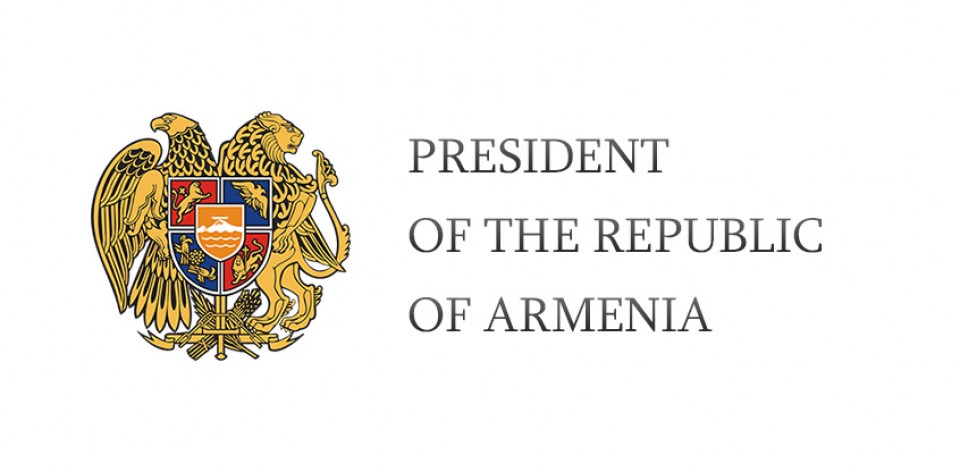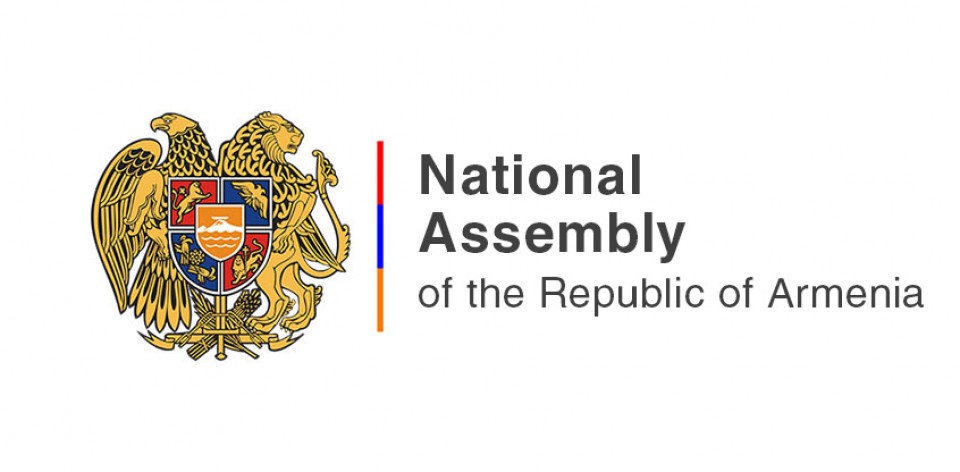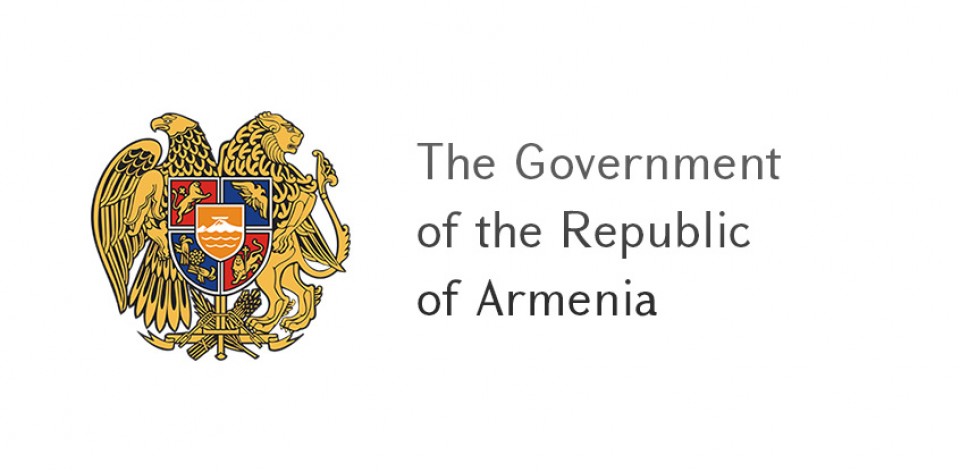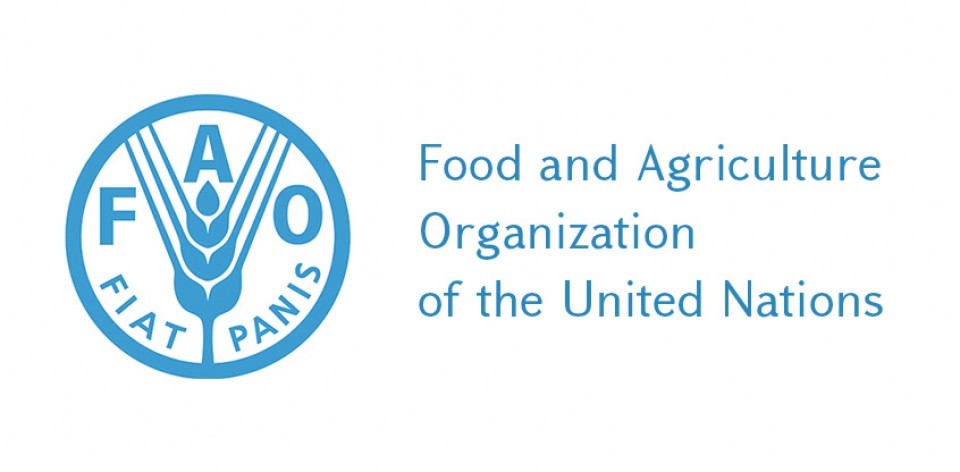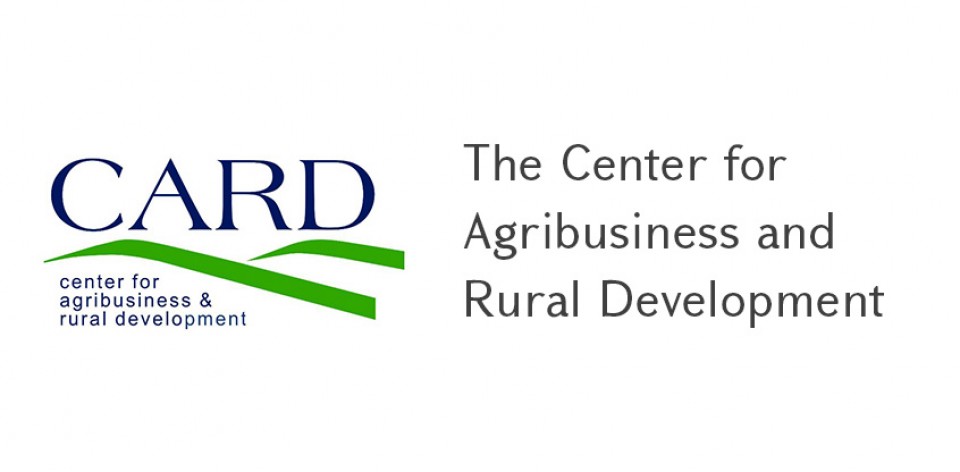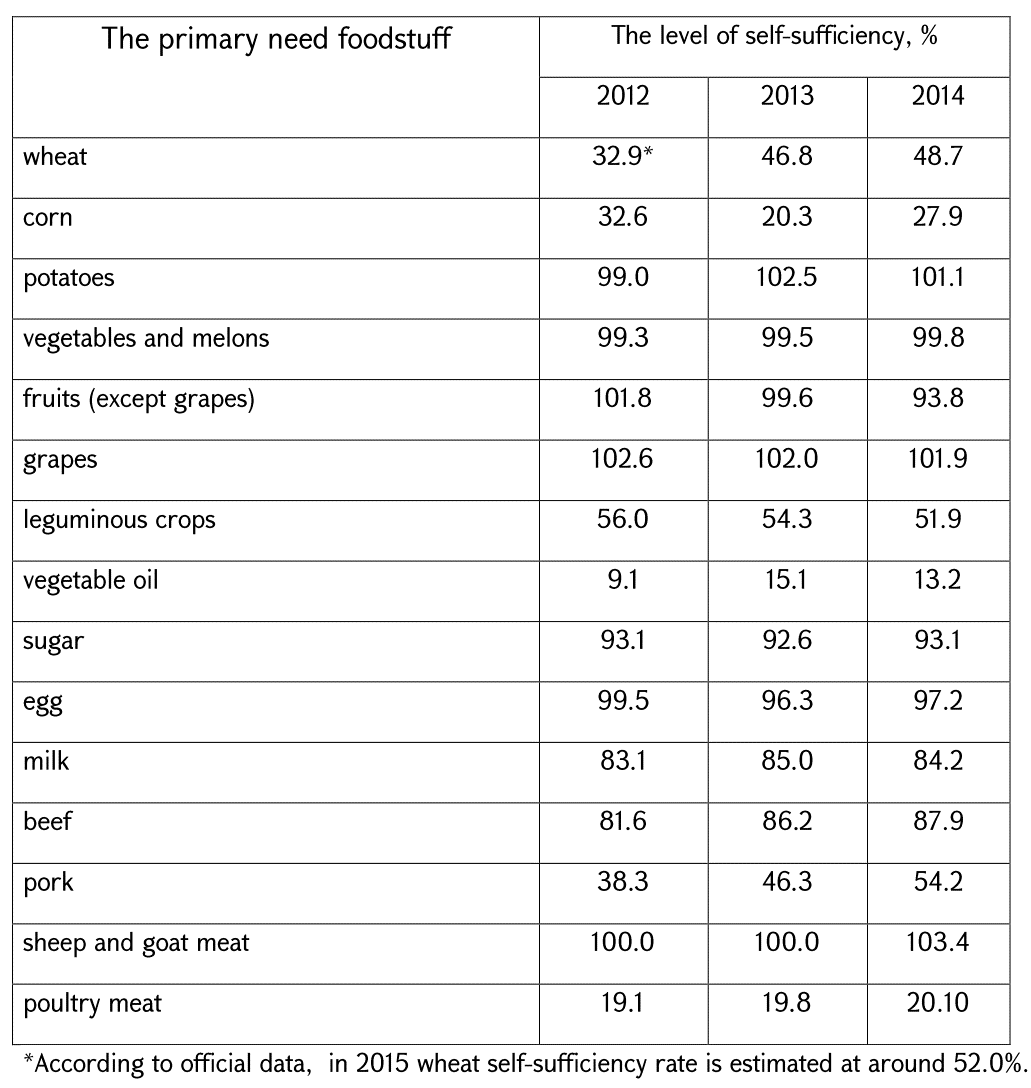 Food security assurance is one of the major components of national security.
Food security assurance is one of the major components of national security.
Food security is prioritized by international, as well as numerous legal acts adopted in the Republic of Armenia out of which the following documents can be highlighted
- Human Rights Declaration
- UN Millennium Development Goals
- RA law on “Food Security Assurance”
- RA Strategy for National Security
- Concept of the RA Food Security Assurance
- Republic of Armenia Strategy for Sustainable Development of Rural Communities and Agriculture.
Food security is considered guaranteed in every country when all the people have physical and economic access to the food meeting the health requirements.
Physical accessibility to food means that availability of food meeting the demand of population in adequate quantities is secured.
Economic accessibility to food means food affordability of population meeting physiological needs.
Food sufficiency level is a major indicator for characterizing the country’s food security situation. In the last 5 years, according to the data of national food balance of the country, the sufficiency level of basic food based on energy value constitutes almost 60 %.
In the years 2010-2014 high level of food sufficiency was assured in regard to potatoes, vegetables and melons, fruits and berries, grapes, meat of small cattle, eggs, above average sufficiency level for milk and dairy products, meat of big cattle. The sufficiency level of wheat, corn, leguminous crops, poultry and pork remains low.
Based on data of the RA national food balance for 2012-2014, the sufficiency level of basic food is as follows:
According to 2012-2014 data, the sufficiency level of basic food is as follows:
In 2015 the export level of fresh plant crops constituted 76.7 thousand tons which exceeds the 2014 figure by 65 %. According to the NSS, in 2014 export volume of plant and animal products amounted to 426.5 million US dollars and in 2015 – 390.3 million US dollars. In the same period import volumes dropped by 22.2 %, amounting to 810.3 and 663.3 million respectively.
In order to pursue coordinated food security policy the “Concept of the RA Food Security Assurance” was approved by the order of the RA President N PO-91-N dated May 18, 2011 to guarantee physical and economic accessibility to food for all the population groups, as well as create preconditions for resilience to external and internal unfavorable changes and impacts of possible emergency situations.
The main objectives of the “Concept of the RA Food Security” are the following
1) efficient use of agricultural production potential, creation of competitive agricultural production system and consistent development,
2) assurance of required level of food sufficiency,
3) modernization of food security and quality assurance systems,
4) raising the efficiency of activities for securing economic and physical accessibility of population to food,
5) provision of population with adequate nutritious food,
6) raising of food resources efficiency through equal regional development,
7) prevention of food crisis during emergency situations and martial law,
8) balanced use of food resources to guarantee food security and prevention of negative environmental impacts,
9) ensuring social security of population and protection of socially vulnerable groups, 10) comprehensive implementation of the projects based on concept provisions.
The directions of food security guarantee are as follows:
1) development of agricultural production system,
2) assurance of food sufficiency (independence),
3) assurance of food security and quality,
4) assurance of economic and physical accessibility of population to food,
5) provision of population with adequate nutritious food,
6) raising of food resources efficiency through equal regional development,
7) prevention of food crisis during emergency situations and martial law,
8) balanced use of food resources to guarantee food security and prevention of negative environmental impacts.

